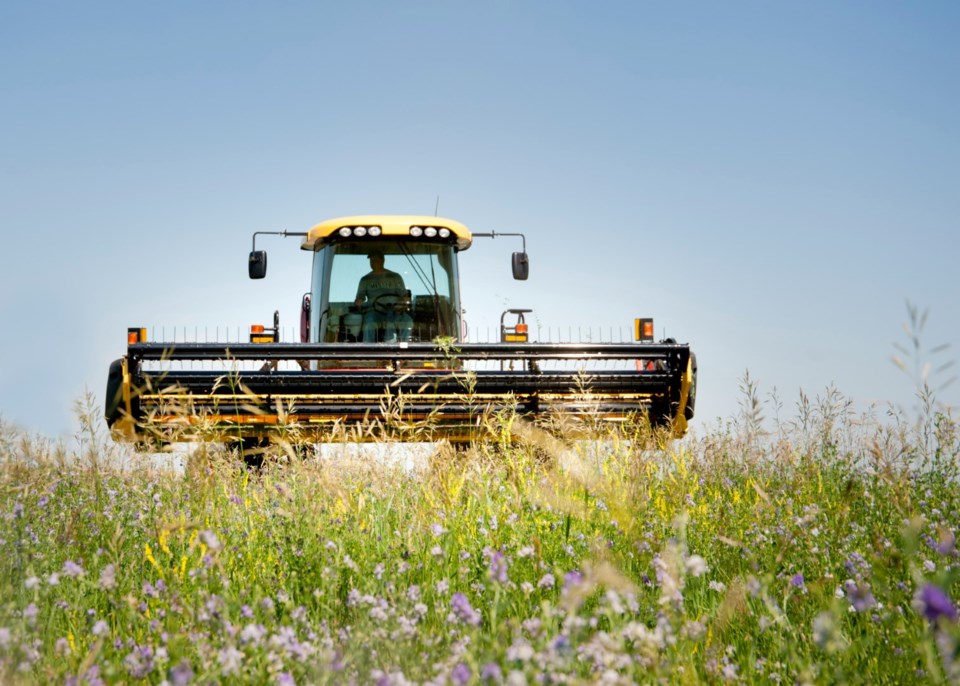WEYBURN — Crops in the –°¿∂ ”∆µeast got off to a promising start from abundant rainfall in May and June. Limited rainfall during July and August damaged crops and lowered yields. Luckily, the early rain helped mitigate some of the damaging effects of the hot and dry conditions. All things considered; it was an average year for producers in the southeast.
In the –°¿∂ ”∆µeast, spring cereal crops yielded higher than provincial averages while most oilseed and pulse crop yields were below provincial averages. Since cereal crops are seeded earlier, they benefited more from wet conditions in May and June. Unfortunately, the southeast didn’t receive timely rainfall during critical crop growth stages like in years past, which led to lower yields than producers were expecting in the spring. While crops were coming off, fall cereals were going in the ground. Despite fall-seeded cereal acres falling in the province, they remain largely unchanged in the southeast from last year.
Crop quality was good for most crops this year. Most fall and spring cereal crops graded in the 1 CW and 2 CW categories, while all oilseed crops also graded in the top two categories and exceeded provincial averages. Lentil and field pea quality was on par with provincial averages as most were either 1 CAN or 2 CAN grade.
Silage yielded 7.85 tons per acre in the southeast, which is high compared to most of the province. However, most hay yields in the southeast were slightly lower than provincial totals. Alfalfa yielded 1.6 tons per acre, brome hay yielded 1.68 tons per acre, tame hay yielded 1.32 tons per acre, baled forage yielded 1.73 tons per acre and greenfeed yielded 2.13 tons per acre. For the first cut of hay crops, 19 per cent were excellent quality, 67 per cent were good, 13 per cent were fair and only one per cent were poor quality. Producers that were able to get a second cut from their crop largely reported good to excellent quality. Additionally, hay prices in the southeast are some of the lowest in the province.
Some areas received notable precipitation this fall which caused harvest delays and temporarily improved soil moisture conditions, but limited rainfall over the past few weeks caused topsoil moisture levels to decline. Cropland topsoil moisture is 38 per cent adequate, 56 per cent short and six per cent very short. Hayland topsoil moisture is 35 per cent adequate, 56 per cent short and nine per cent very short. Pasture topsoil moisture is 35 per cent adequate, 52 per cent short and 13 per cent very short. The dry conditions over the summer hurt pasture conditions in the southeast. Heading into the winter, 29 per cent of pastures are in good condition, 42 per cent are fair, 22 per cent are poor and seven per cent are in very poor condition. The southeast would benefit from more rain this fall and lots of snow over the winter.
Most producers have been done harvest for a few weeks and continue to wrap up field work before winter. After harvest was complete, producers pivoted to fall spraying, applying fertilizer and tilling fields. Livestock producers were also busy this fall, as they continue to haul bales and move livestock home for the winter.
For more information about –°¿∂ ”∆µeastern Saskatchewan, explore the .




